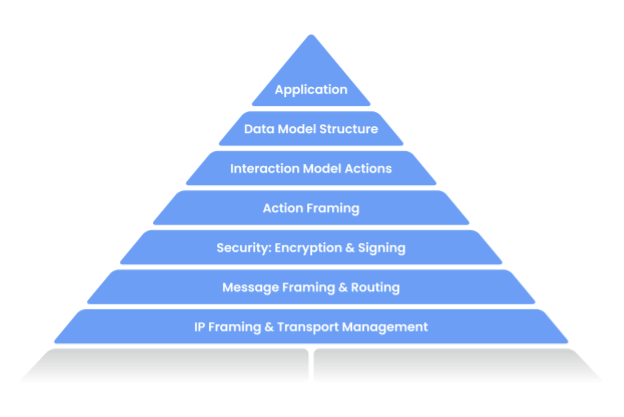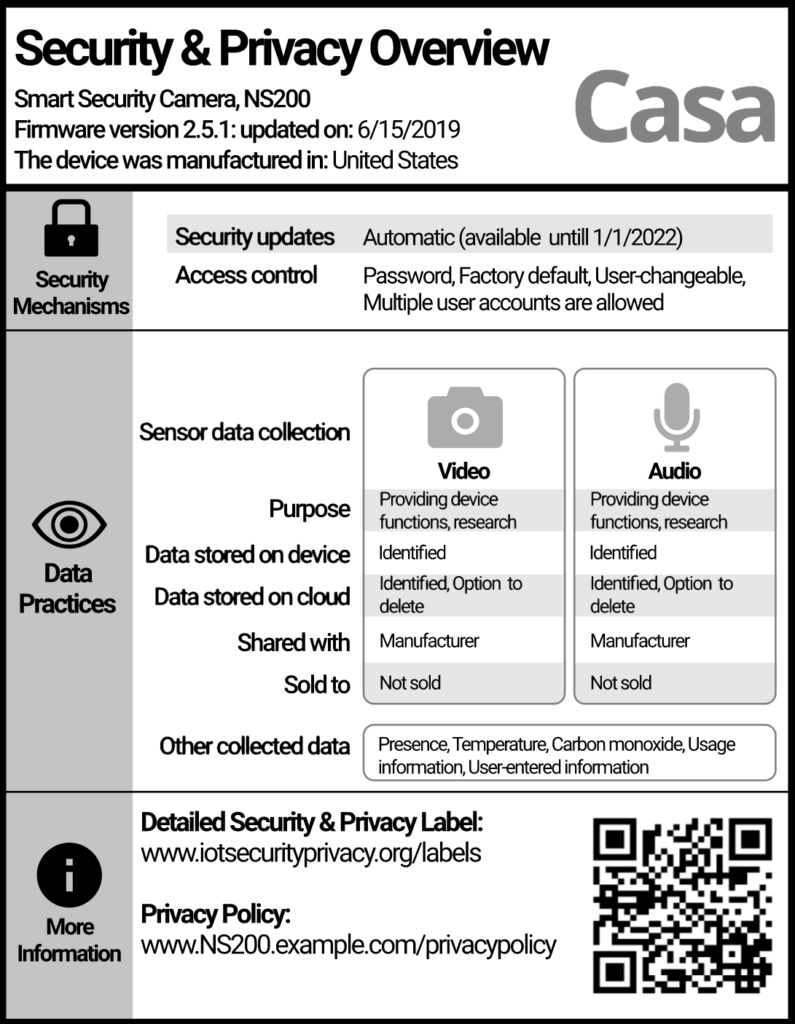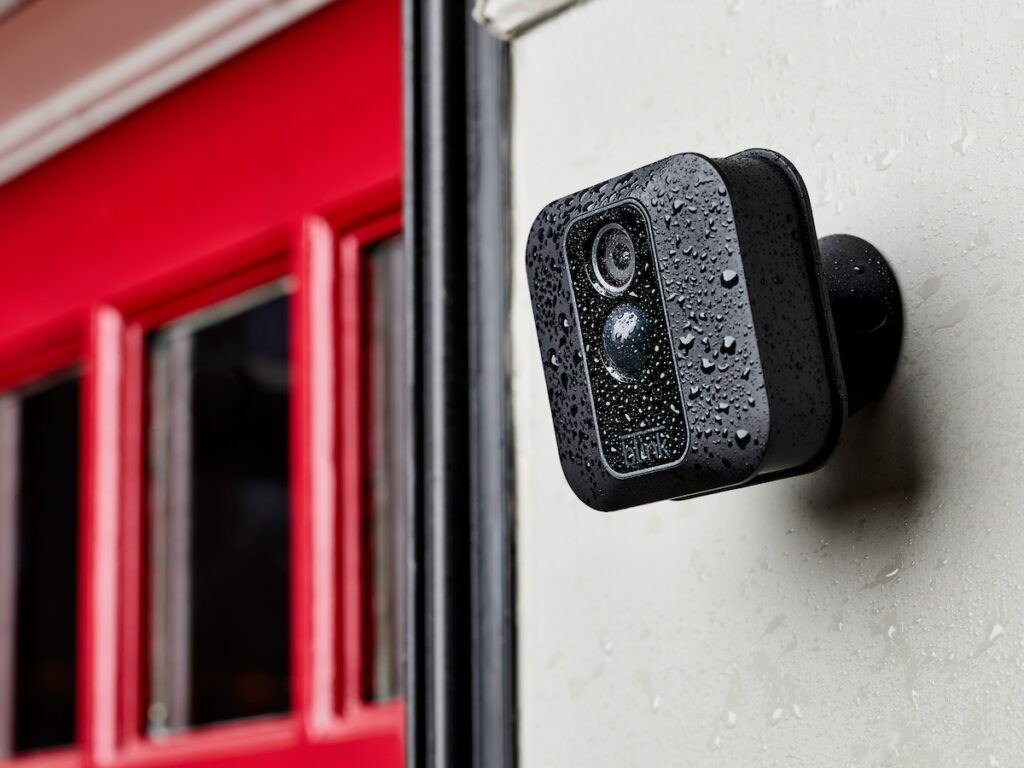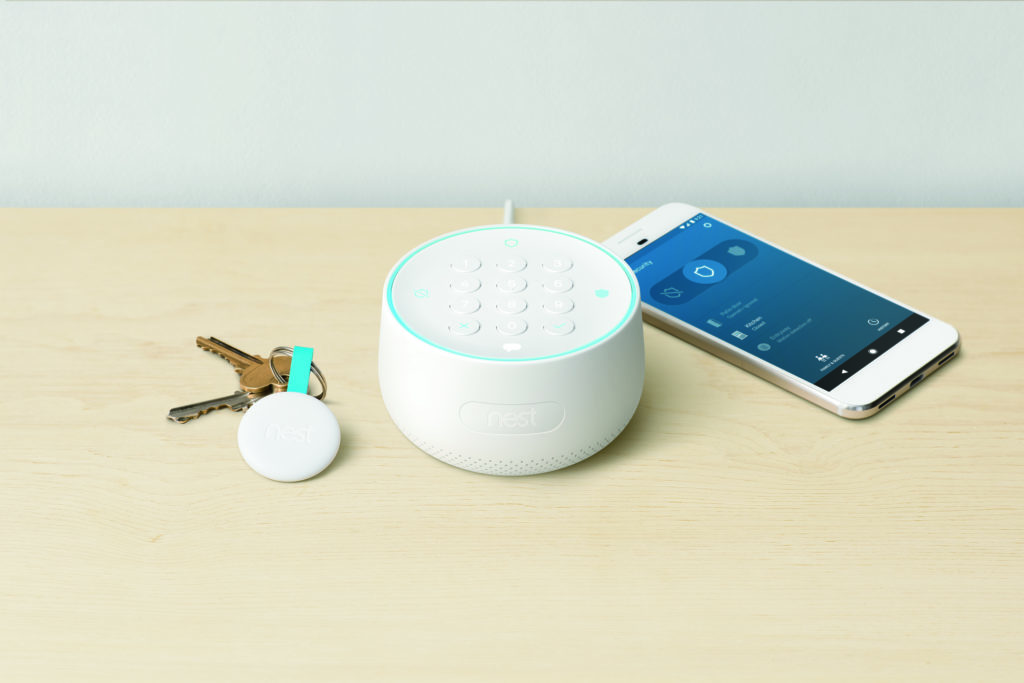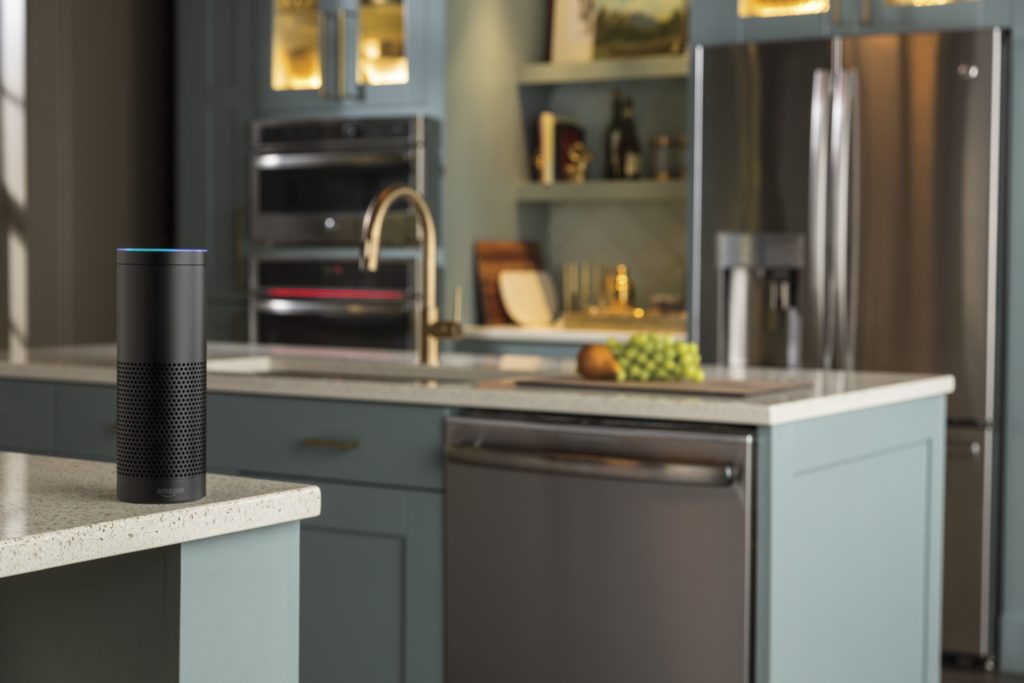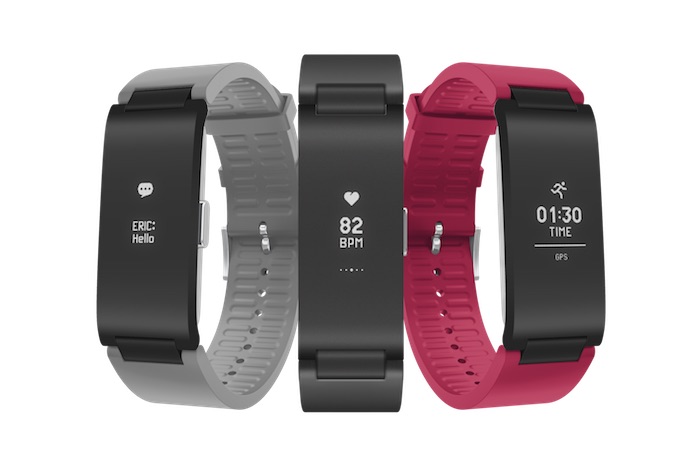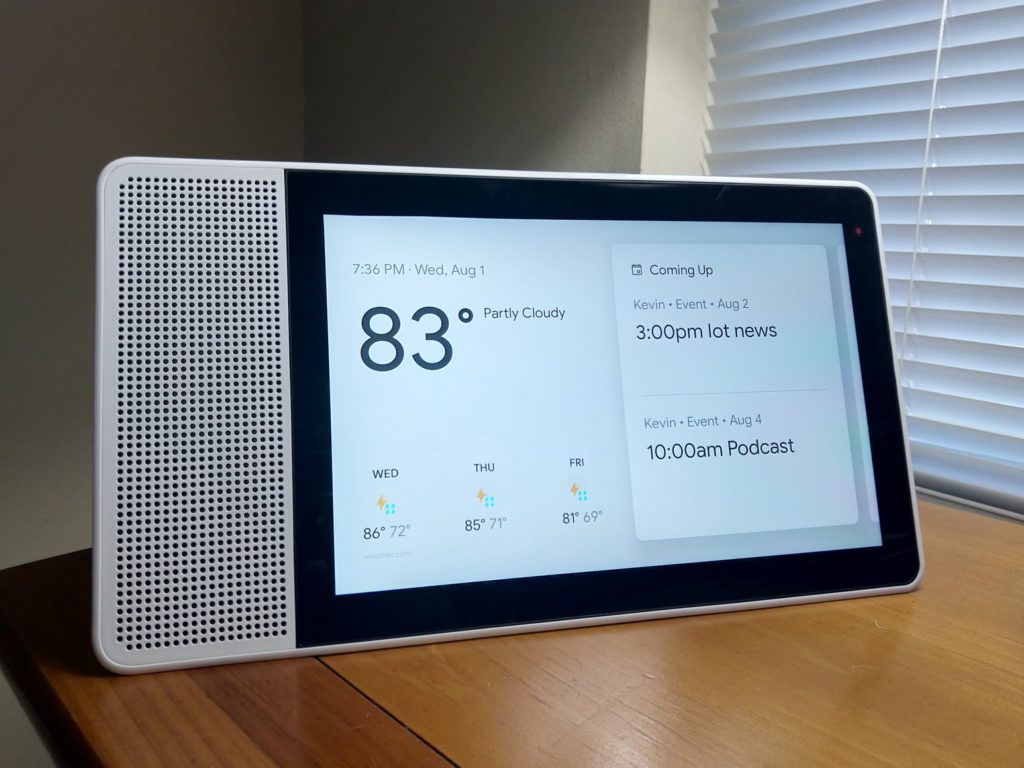This week’s show kicks off with Kevin and I discussing Nvidia’s $40 billion plan to buy ARM. After that, we talk about Google’s upcoming event, a gesture interface for Nest thermostats, and the news from the Apple event. From there we talk about alternatives to IFTTT in case you don’t want to pay for a Pro plan, and then dive into news on IoT security from down under, an updated Arlo doorbell, and Wink’s outage. Next up, I share some news about Stack Lighting, a birthday for the group that standardized Wi-Fi, and Kevin’s review of the Firewalla Gold. We conclude the first segment by answering a question about using IoT to improve in-home air quality.
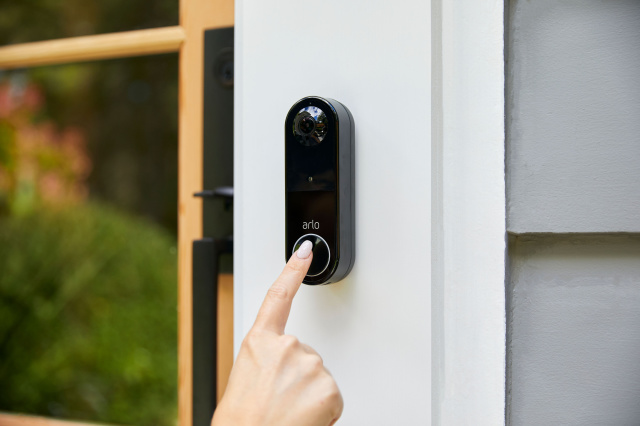
Our guest this week is May Wang, a senior distinguished engineer at Palo Alto Networks. She’s on the show to talk about challenges associated with securing IoT devices and how to use machine learning to improve IT security. We also talk about various degrees of network segmentation, zero-trust security, and how to bring the OT and the IT worlds together to ensure that devices stay secure. For fun, we also talk about the strangest devices seen on corporate networks. See if you have something wackier to add.
Hosts: Stacey Higginbotham and Kevin Tofel
Guest: May Wang, Palo Alto Networks
Sponsors: Perceive and Ayla Networks
- ARM’s sale is about the data center, not IoT
- Three alternatives to IFTTT in case you don’t want to pay
- Firewalla Gold is pricey but good for IoT aficionados
- There are some wacky things on corporate networks
- How to get OT people to care about IT security
Podcast: Play in new window | Download | Embed
Subscribe: RSS

